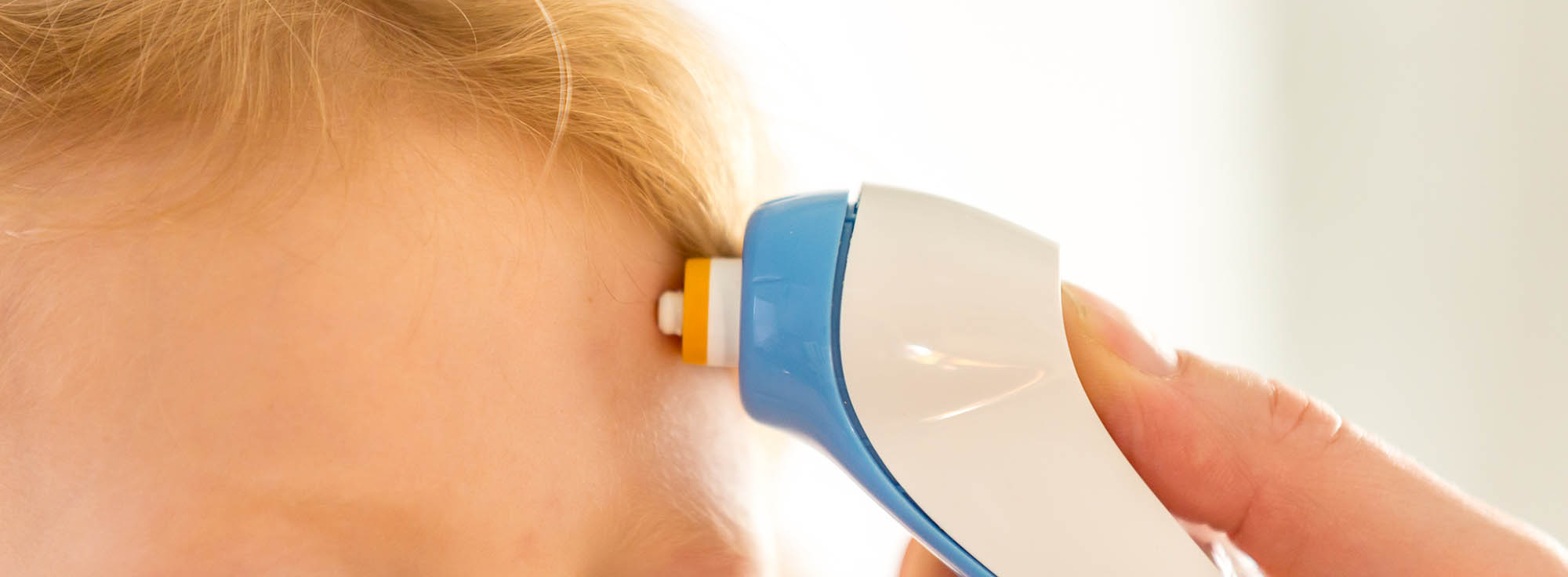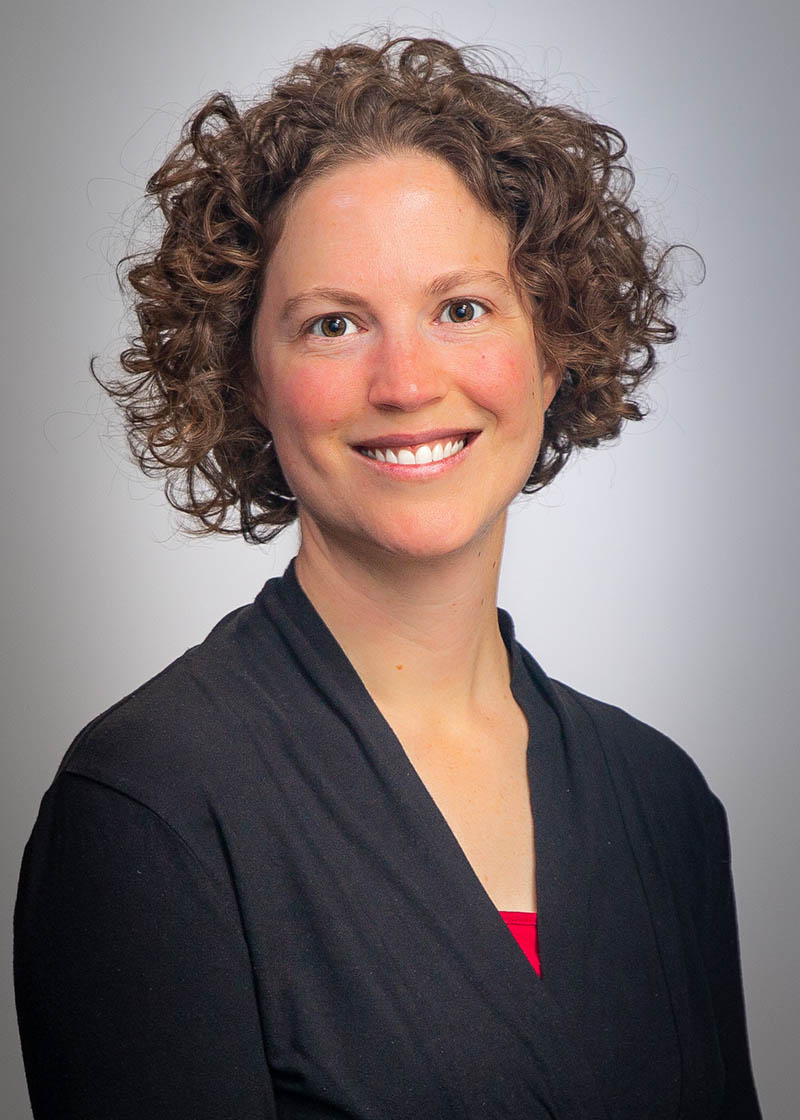New Mexico Approves Master of Science in Anesthesia Program at UNM

Parasocial Pathogenesis
Alison Kell: Highlighting the Women of UNM and Their Research
With new funding from the National Institutes of Health (NIH), a University of New Mexico virologist will advance her work exploring the evolution of viruses when they jump to new hosts.
Alison Kell, PhD, is an expert in virus-host interaction, or how viruses sustain themselves within a host organism on a molecular, cellular and population level.
As the recipient of an R01 NIH grant, which provides support for health-related research and development, Kell and her team will be able to continue this viral analysis.

We’re most interested in the types of viruses that exist in animal reservoirs and then jump into human hosts
“We’re most interested in the types of viruses that exist in animal reservoirs and then jump into human hosts,” said Kell, an assistant professor in the Department of Molecular Genetics & Microbiology in the School of Medicine.
A virus-host interaction is a complex phenomenon, Kell said, and often virus- and host cell-specific.
“When these viruses exist in their non-human reservoirs, a lot of times those infections are asymptomatic,” she said. “That’s because these viruses are thought to have evolved over time with their host, so they have a balance between being able to replicate and exist as viruses but without killing their host.”
Kell and her team have focused on hantaviruses for the past few years as a research model. Hantavirus, which can result in hantavirus pulmonary syndrome in humans, is a severe respiratory illness and can be deadly.
In New Mexico, deer mice are the main carriers of hantavirus. The virus is found in mice droppings and urine.
“If you’ve lived in New Mexico for some period of time, you’ve probably heard of hantaviruses,” she said. “If you sweep up or otherwise aerosolize infected deer mice feces in your shed or your garage, humans can inhale the virus, which can result in severe respiratory disease.”
According to Kell, it’s impossible to tell an infected deer mouse from an uninfected one just from looking at them, because infected deer mice do not present any symptoms. Kell and her team use this as a model to study how different virus-host interactions are different between the initial host and the secondary human host.
“We’ve discovered that if we infect their cells, they don’t have any innate immune responses,” she said. “For example, there are no anti-viral genes that are being expressed when they’re infected with their own hantavirus.”
However, Kell said, if the deer mice are infected with a different subtype of hantavirus from different rodents, they will respond with immune activation.
“There clearly seems to be some co-evolved relationship between the reservoir and its hantavirus,” she said.
Due to this research, Kell hypothesizes it’s the initial anti-viral activation that is responsible for driving human disease.
“We’re looking at defining those immune responses and understanding what the virus is doing to prevent the immune response in the reservoir,” she said, “so we can understand if there are any pathways or proteins we could shut off in the reservoir cells and prevent disease in humans.”
Being awarded the five-year, $1.25 million grant was a complete surprise to Kell.
“I did not expect this grant,” she said, laughing. “I didn’t expect to get it, because it was my first R01 application, and they prepare us to submit three or four times before you get an R01, so I was very pleasantly surprised.”
But, Kell said, she’s never been one to shy away from a challenge. And researching in an underdeveloped field as a first time-applicant for an R01 grant might be one of her biggest challenges yet.
“Something about the ability of a virus to infect one host and not have any sort of disease and then jump into a totally different host and have a totally different response – even though it’s the same virus and the same genetic code – was what sparked my original interest,” she said. “It’s pretty underdeveloped and under-researched, so there’s a lot of opportunity to learn new things and be challenged.”
Kell said the grant will help her hire more people to help with the research. Currently, she’s hired three lab trainees: Stefan Klimaj, Autumn LaPointe and Kimberly Martinez.
“I’m excited because the grant gives us some flexibility to have some fun and create some new tools,” she said, “and maybe learn a lot about pathogenesis that we don’t know about.”
